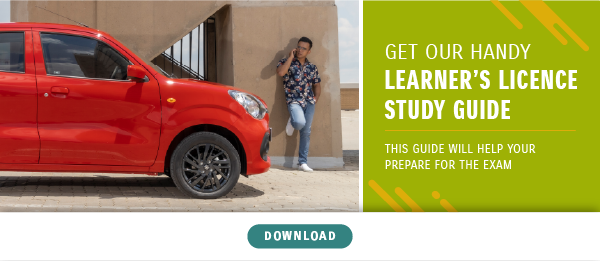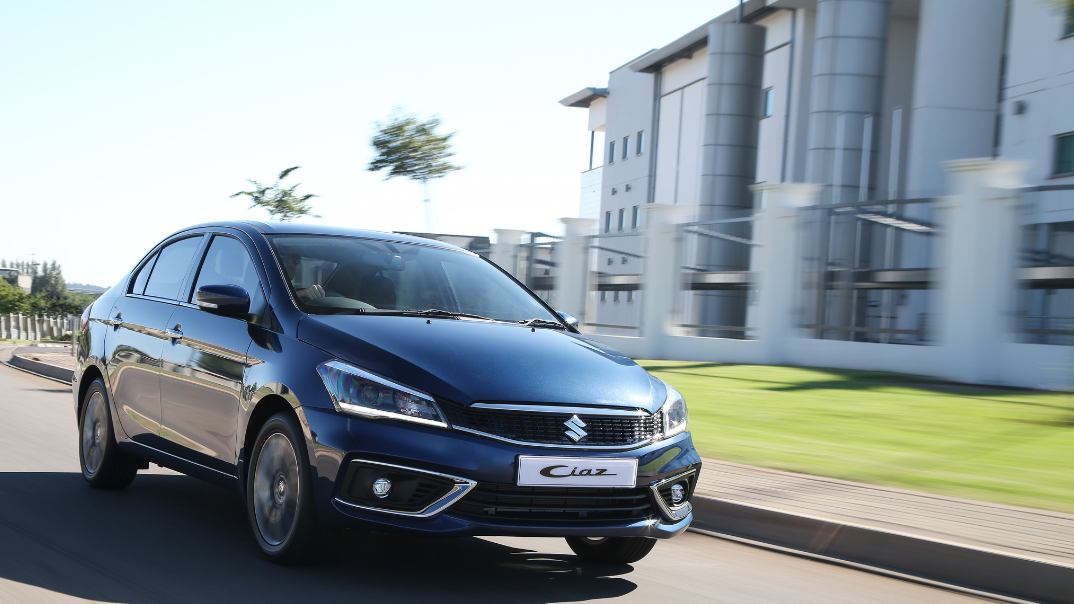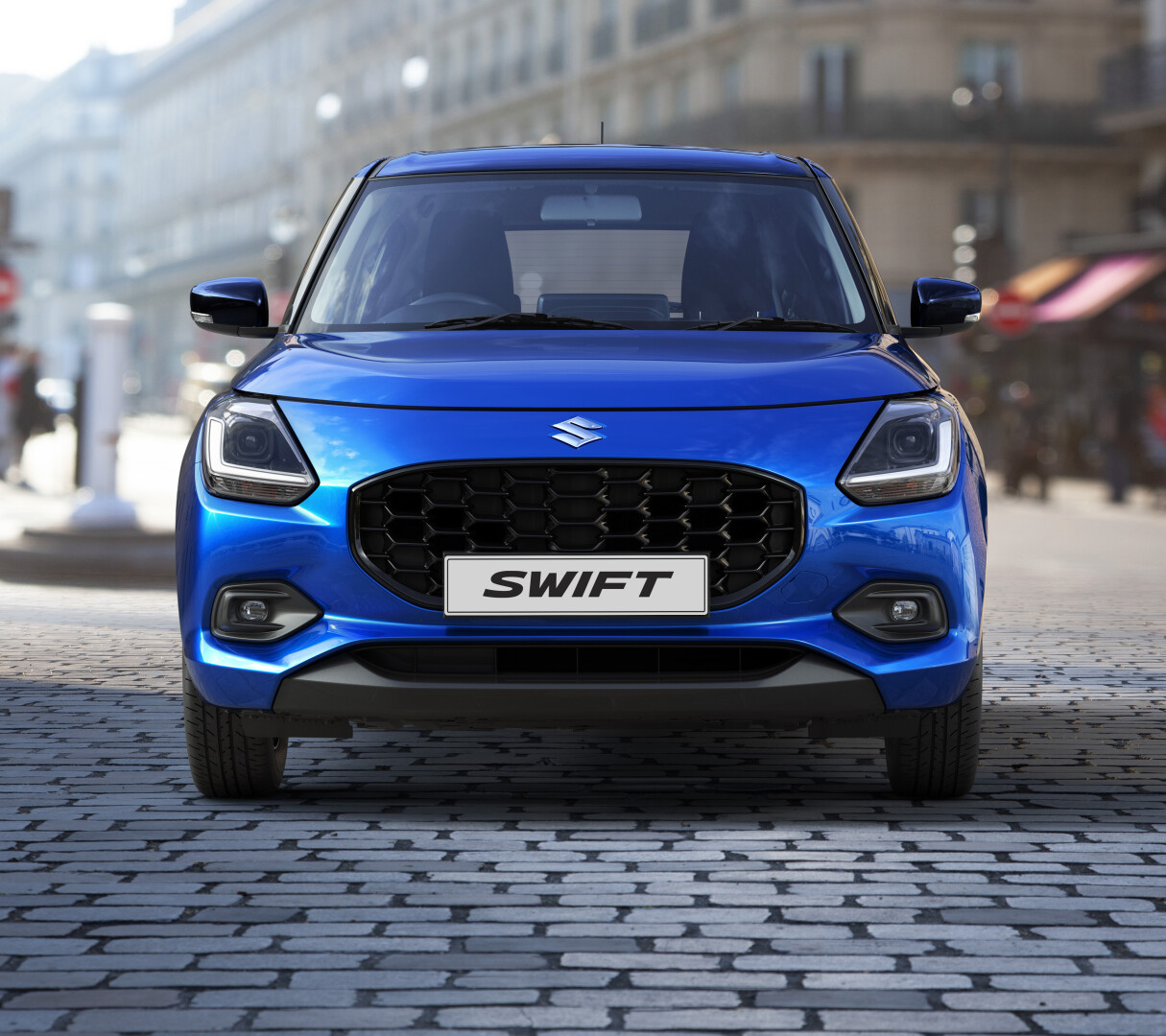In reality, obtaining a driver’s licence is a two-part process consisting of a written examination and a practical examination to ascertain your readiness to drive a motor vehicle on public roads. The written exam is the learner’s licence process and will check your knowledge and understanding of the rules of the road, the meaning of traffic signs, etc.
The second part is the practical examination and, before you rush off and try to make a booking at your local test centre, it is important to understand the types of licence to ensure you make the correct application.
Different licences are issued for the various categories of motor vehicle:
- Code A1: This is for a motorcycle with or without a sidecar and with an engine not exceeding 125 cc. You must be at least 17 years old on the date of the test.
- Code A: This is for a motorcycle with or without a sidecar and with an engine that exceeds 125 cc. You must be 18 years or older to apply.
- Code B: This is for a motor vehicle, including a minibus, bus and goods vehicle, with a gross vehicle mass not exceeding 3 500 kg. You must be 18 years or older to apply.
- Code C1: This is for a motor vehicle, a bus, minibus or goods vehicle with a gross vehicle mass between 3 500 kg and 16 000 kg. You must be 18 years or older to apply.
- Code C: This is for a motor vehicle, a bus or a goods vehicle with a gross vehicle mass exceeding 16 000 kg.
- Code EB: This is for a:
- light motor vehicle that is articulated (light motor vehicle drawing a trailer) with a gross combination mass not exceeding 3 500 kg. You must be 18 years or older to apply
- combination of a motor vehicle with a tare not exceeding 3 500 kg and a minibus, bus or goods vehicle with a gross vehicle mass not exceeding 3 500 kg. You must be 18 years or older to apply.
- Code EC1: This is for:
- an articulated heavy motor vehicle (heavy motor vehicle drawing a trailer[s]) with a gross combination mass between 3 500 kg and 16 000 kg. You must be 18 years or older to apply.
- a combination of a motor vehicle with a tare between 3 500 kg and 16 500 kg and a minibus, midibus, bus or goods vehicle with a gross vehicle mass between 3 500 kg and 16 000 kg. You must be 18 years or older to apply.
- Code EC: This is for an articulated heavy motor vehicle (heavy motor vehicle drawing a trailer[s]) with a gross combination mass exceeding 16 000 kg or a combination of a bus or goods vehicle with a gross vehicle mass exceeding 16 000 kg. You must be 18 years or older to apply.
The driving test in South Africa is conducted in accordance with the K53 road rules and it is advisable to go to a reputable driving school for coaching in how to correctly apply those K53 road rules. Even though this may seem expensive, you will need a professional to show you the ropes and help you practice!
Once you have learned to drive through a registered driving school, you can book your practical test in advance at a local centre by providing some identification documents, your learner’s licence and paying a booking fee, which varies depending on your province.
On the day of the test, it helps to arrive a little early and to bring your receipt of booking. Your receipt and your learner’s licence will be verified before you meet your driving examiner.
If you pass, you’ll have your fingerprints taken and will undergo an eye test at the test centre or you can have the test done ahead of time at an optometrist and present that certificate on the day. If you pass this without any issues, you’ll be issued with a temporary licence at the driving centre, which will then be replaced by a permanent card within four to six weeks.
What you should do
- Go to the nearest driving licence testing centre (DLTC) to book a test date. Take the following with you:
- Your learner's licence.
- Your identity document (ID).
- Four identical black-and-white photographs. You must first confirm with the DLTC how many photos they require before you have photos taken.
- Proof of residential address e.g. utility account. If the utility bill is not in your name, the owner of the bill must make an affidavit declaring you live at the address and the utility bill must be attached to the affidavit.
- If you stay at an informal settlement, you must bring a letter with an official date stamp from the ward councillor confirming your residential address
- A booking fee.
- Complete the Application for driving licence form (DL1) at the DLTC.
- Keep the receipt as proof of payment and as confirmation of the test date and time.
- On the date of the test, you must be at the DLTC at the specified testing time. Your receipt and learner’s licence will be verified before you proceed to the test.
- You will be assessed by a qualified examiner.
- If you pass the test, your fingerprints will be taken and you will undergo an eye test at the DLTC. Alternatively, you may have an eye test performed at a qualified optometrist and submit the form at the DLTC.
- If you pass the driving test, you must pay the issuing fee to receive a temporary driving licence, which you will use while you wait for the ordered driving licence card.
- You will be notified when your driving licence card is ready for collection. You must collect your driving licence at the DLTC where you made your application.
Important
If you do your licence test in an automatic vehicle you are then restricted to driving only automatic vehicles and to change that will entail undergoing the entire process from learner’s to driving licence test again.

![Are you a good driver? [quiz]](https://blog.suzukiauto.co.za/hubfs/Untitled%20design%20%2892%29.png)

